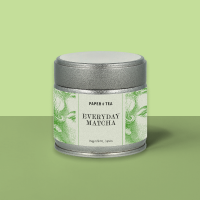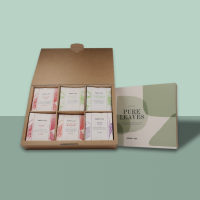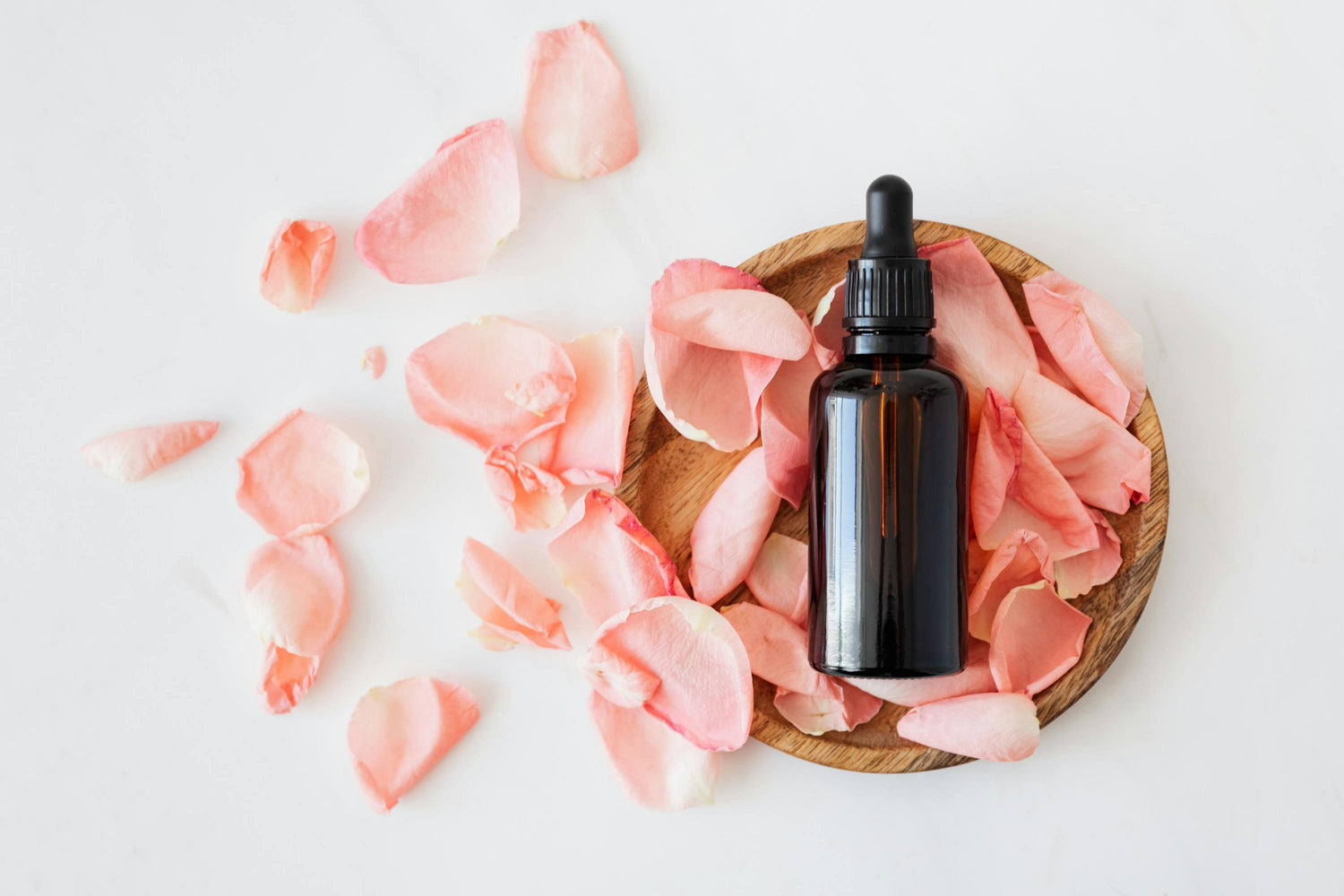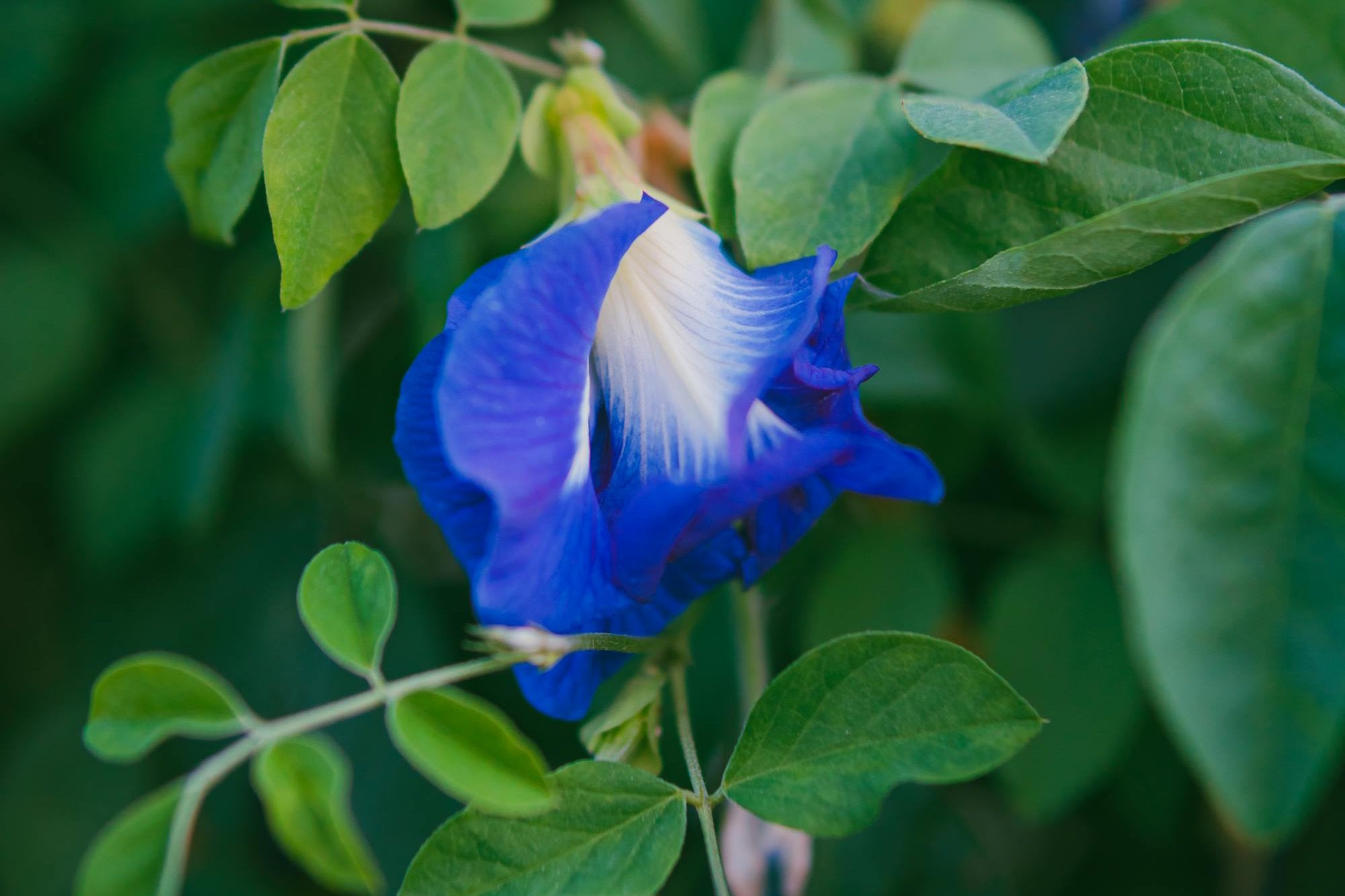Description
In the production of essential oils, various parts of plants are used, although rarely is the entire plant processed. The valuable components are often found in leaves, roots, barks, flowers, seeds, fruits, or resins. The content of essential oils in these plant parts depends on factors such as soil quality, climate, location, harvest time, and processing methods. The extraction of these oils is accomplished through distillation, extraction, or pressing. This process is labor-intensive and often requires large amounts of raw material to obtain small quantities of essential oil.
Historical Background
The use of essential oils has a long history dating back to ancient times. In ancient Egypt, the intense aromas were believed to have healing effects on the body and mind. The art of distillation, perfected in the Arab world, allowed for the wider availability and use of the coveted oils. Essential oils first appeared in tea production in the 19th century, as transatlantic trade and colonial ambitions facilitated the exchange of precious raw materials. The iconic Earl Grey tea, which first appeared in England in the 19th century, is a prime example of the use of essential oils in tea. This classic tea is enhanced with black tea from China or India and intense bergamot oil.
Interesting Facts
Essential oils are extremely potent; only a few drops are needed to flavor a large amount of tea. Plants with a particularly high content of valuable fragrance compounds include peppermint, lavender, eucalyptus, and rosemary. In the flavoring of teas, such as classic Earl Grey, the tea leaves are sprayed with the oil in a blending drum. This method prevents the leaves from sticking together and ensures an even distribution of the oil. When referring to essential oils, they are typically derived from natural raw materials through distillation or cold pressing. In contrast, synthetically produced variants are usually referred to as "aroma" or "fragrance."
























